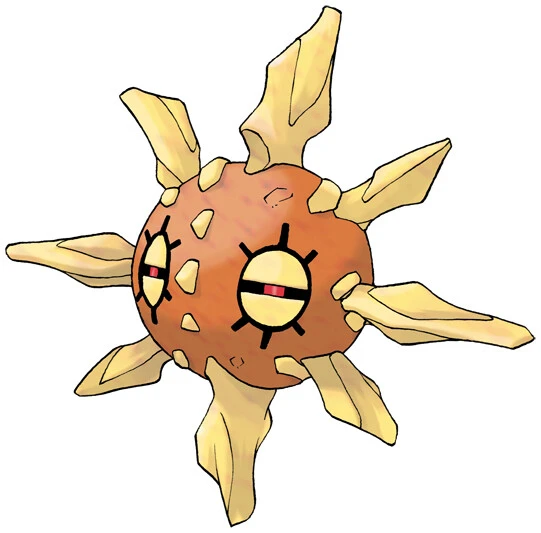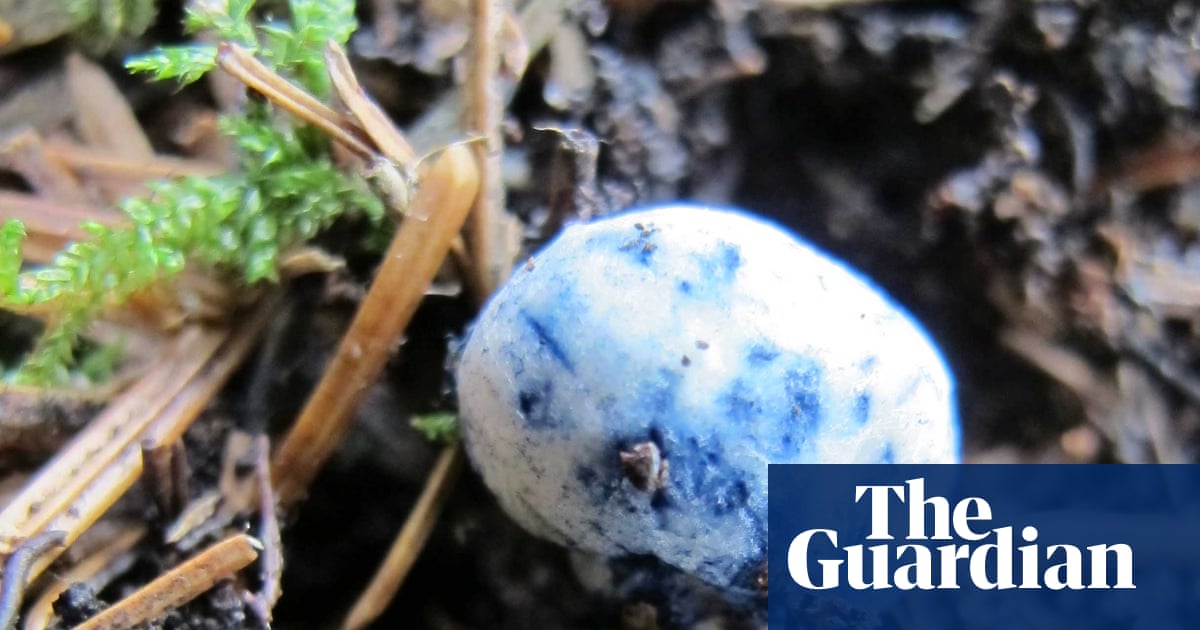- cross-posted to:
- nature@feddit.uk
- cross-posted to:
- nature@feddit.uk
cross-posted from: https://feddit.uk/post/10399931
Naturalists have found a very rare type of truffle living in a Scottish forestry plantation which is being cut down so a natural Atlantic rainforest can grow in its place.
The discovery of the globally rare fungus near Creagan in the west Highlands has thrown up a paradox: the work to remove the non-native Sitka spruce, to allow rewilding by native trees, means the truffle will be lost.
Chamonixia caespitosa, a type of truffle normally found in the Alps and Scandinavia, has only been recorded once before in the UK, in north Wales, seven years ago. Inedible to humans, it has a symbiotic relationship specific to this species of spruce. When it ripens, its white fruit turns a mottled blue in contact with the air.
The naturalists involved are puzzled about how it arrived in Scotland; it is very unusual for fungus spores to travel to the UK on the wind, and the UK’s Sitka plantations were grown from seeds originally imported from Canada.



This is the best summary I could come up with:
Naturalists have found a very rare type of truffle living in a Scottish forestry plantation which is being cut down so a natural Atlantic rainforest can grow in its place.
The discovery of the globally rare fungus near Creagan in the west Highlands has thrown up a paradox: the work to remove the non-native Sitka spruce, to allow rewilding by native trees, means the truffle will be lost.
Chamonixia caespitosa, a type of truffle normally found in the Alps and Scandinavia, has only been recorded once before in the UK, in north Wales, seven years ago.
Dr Andy Taylor, a molecular fungal ecologist at the James Hutton Institute who detected the truffle, thinks it probably is more widespread.
“The real crux of it is that the fungus is incredibly rare globally, so it does raise the question: do we have some responsibility to make sure it survives because we don’t know its distribution?
Sitka spruce plantations are notorious among conservationists because, as densely packed non-native monocultures, they support few other species.
The original article contains 424 words, the summary contains 171 words. Saved 60%. I’m a bot and I’m open source!